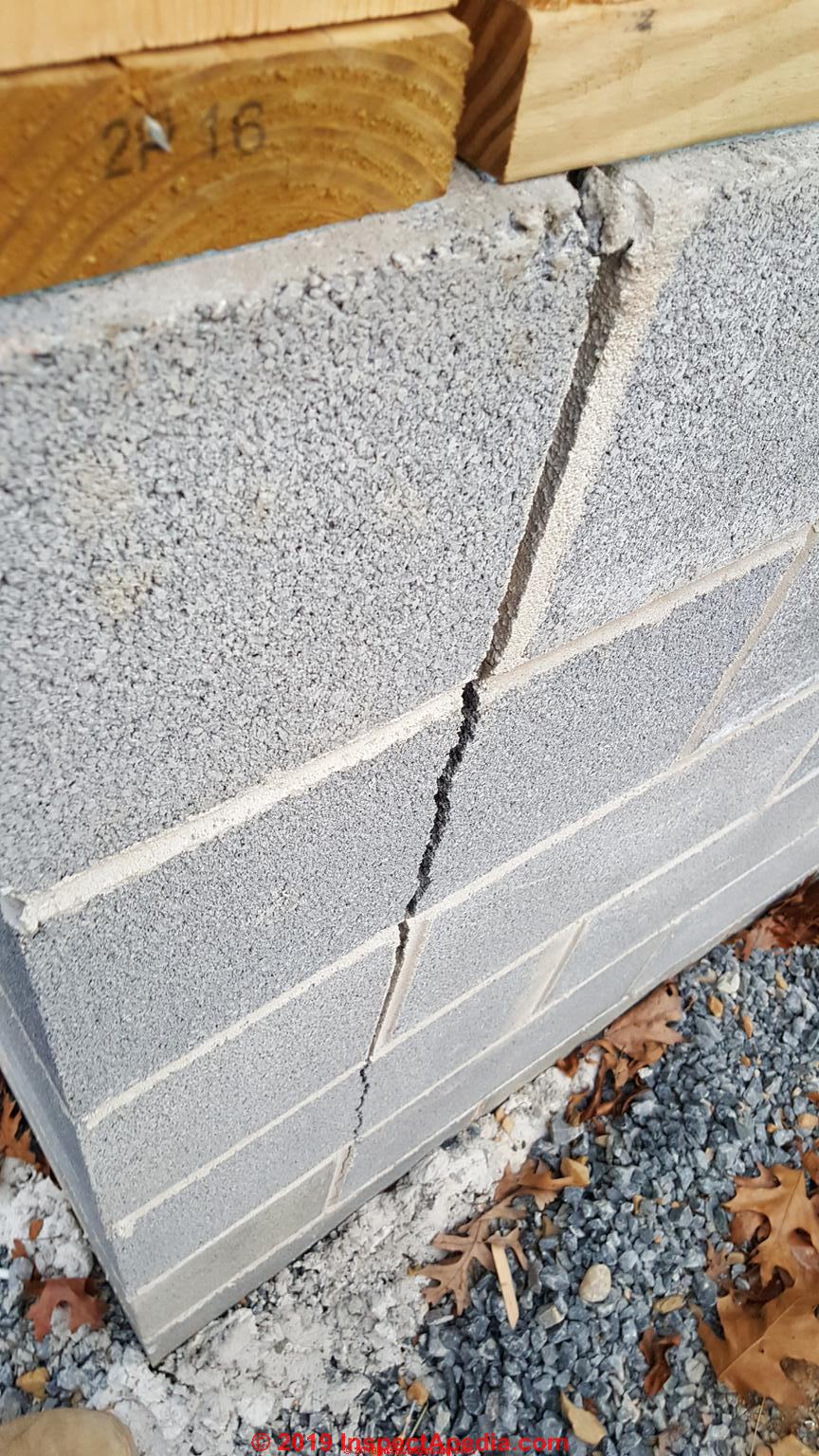Normal Lean In Poured Concrete Walls

Poured concrete wall average cost.
Normal lean in poured concrete walls. Concrete shrinks as it hardens and cures. They create a solid even foundation on which to build a house shed or other structure. Shrinkage cracks are especially common in poured concrete foundations for the simple reason that the volume of uncured concrete is greater. Several factors determine the cost of a poured concrete wall such as the dimensions of the wall the thickness its height and its length the number of reinforcements present and the quality and type of concrete used.
So that when the concrete contracts or shrinks it will crack at that control joint. Stepped cracks along block foundations or brick walls may be caused by upheaval. Newer poured in place concrete basements walls may have a straight vertical control joint sometimes called a contraction joint running from the bottom of the wall to the top of the wall. As concrete and mortar between blocks dry it shrinks.
A less than optimum concrete mix can exacerbate this shrinkage. Cracks often originate in 90 degree corners so check those places carefully. The best way to stave off major repair work is to monitor the crack. Poured concrete foundations also require reinforcing steel if you want the walls to resist the horizontal forces of wet soil.
When to straighten a leaning foundation wall. The placeability of concrete all around the reinforcing cage. Cinder block and poured concrete slabs are both popular foundation choices. These materials are inexpensive and relatively easy to use.
A poured concrete wall averages 6 169 for homeowners around the country with most people paying between 2 851 and 10 272 you might pay anywhere from 932 to 25 000 depending on the size materials design and overall labor. Another key point to remember is that foundation walls buried in the. The toler ance for an architectural concrete wall may be small compared with the surface of a dam to be viewed from a considerable distance. Poured concrete walls cost.
Shrinkage cracks may be only a few inches long or they may extend the height of the wall. These control joints are purposely put there for contraction purposes. Due to its being built of many small pieces or blocks mortared together needs to be excavated and straightened sooner than a poured concrete foundation wall the mortar joints between the blocks are the weakest point in a concrete block foundation wall. However despite all their similarities cinder block and concrete have some differences.














































